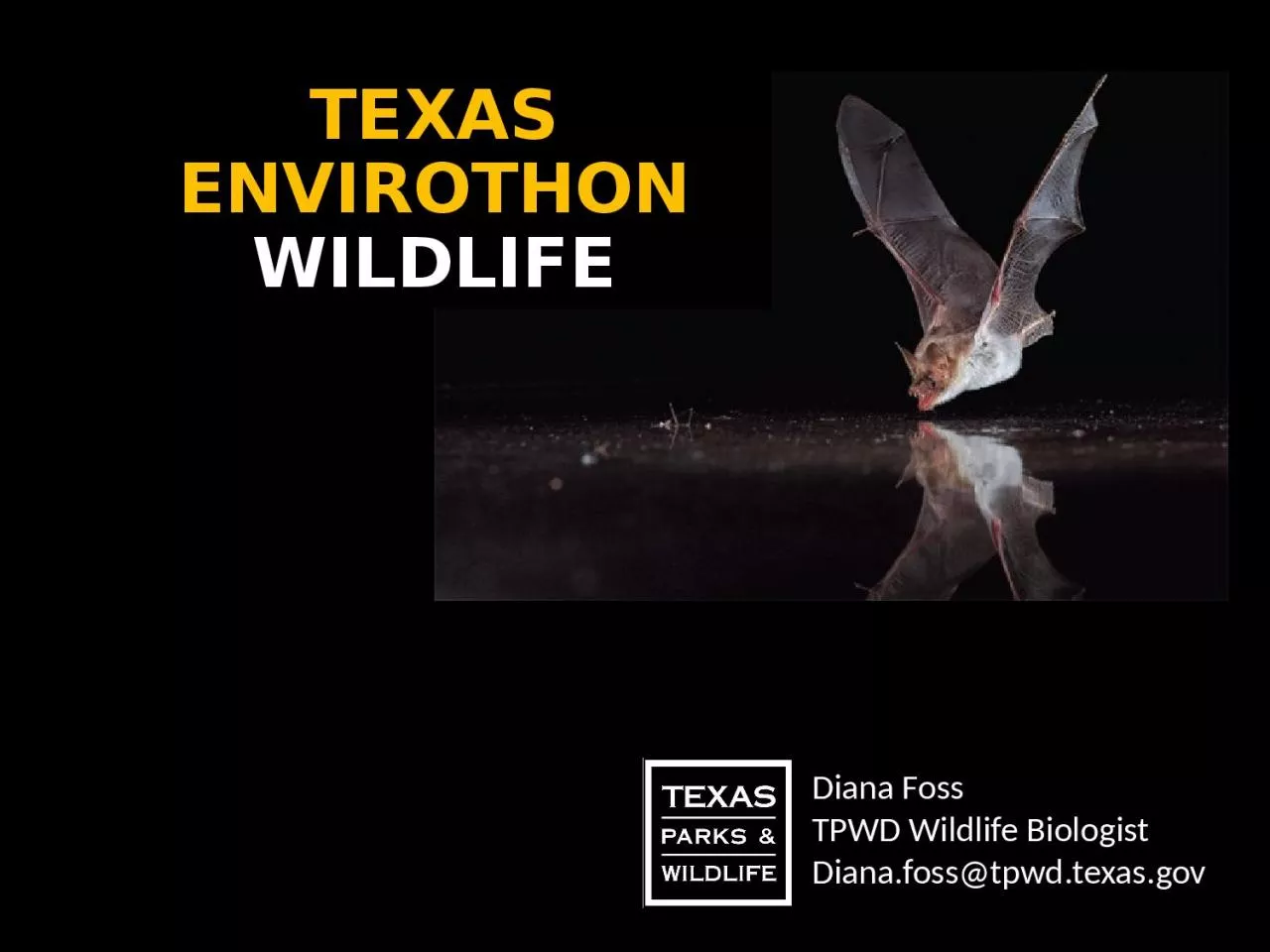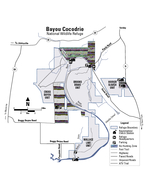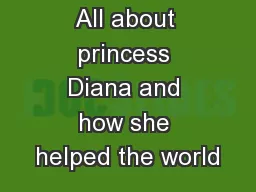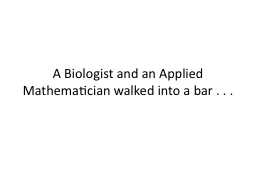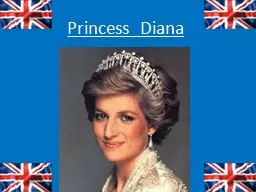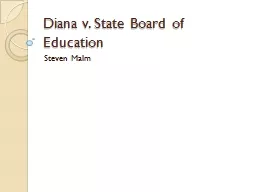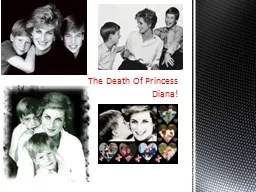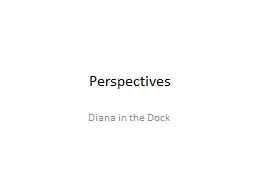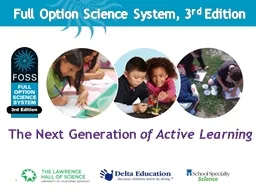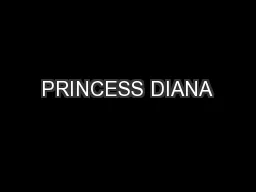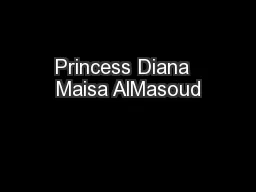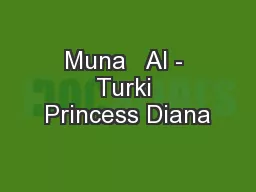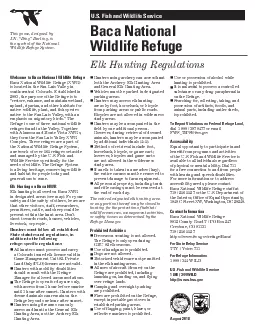PPT-Diana Foss TPWD Wildlife Biologist
Author : AngelFace | Published Date : 2022-07-28
Dianafosstpwdtexasgov TEXAS ENVIROTHON WILDLIFE Hill Country Edwards Plateau Based on soils amp geology Precipitation vegetation ECOSYSTEMS Understand How the Pieces
Presentation Embed Code
Download Presentation
Download Presentation The PPT/PDF document "Diana Foss TPWD Wildlife Biologist" is the property of its rightful owner. Permission is granted to download and print the materials on this website for personal, non-commercial use only, and to display it on your personal computer provided you do not modify the materials and that you retain all copyright notices contained in the materials. By downloading content from our website, you accept the terms of this agreement.
Diana Foss TPWD Wildlife Biologist: Transcript
Download Rules Of Document
"Diana Foss TPWD Wildlife Biologist"The content belongs to its owner. You may download and print it for personal use, without modification, and keep all copyright notices. By downloading, you agree to these terms.
Related Documents

